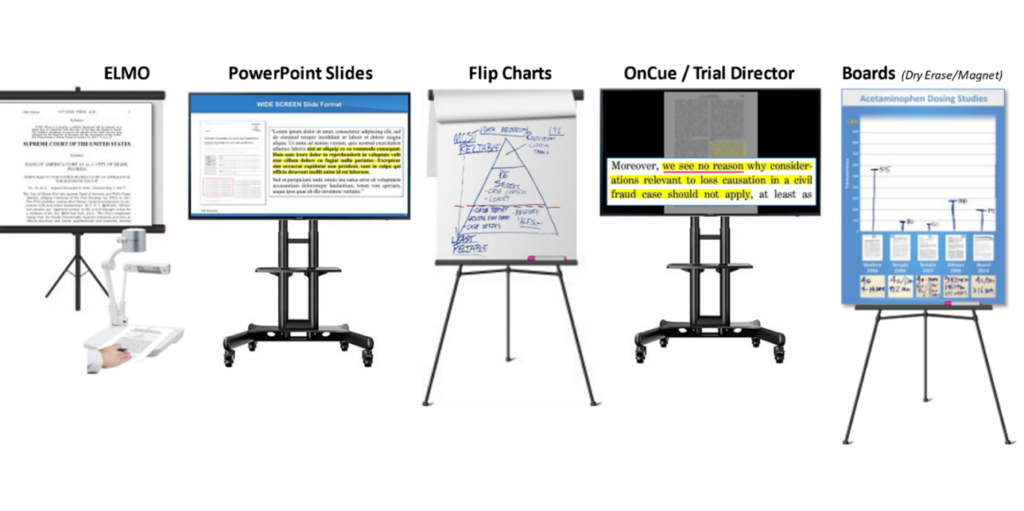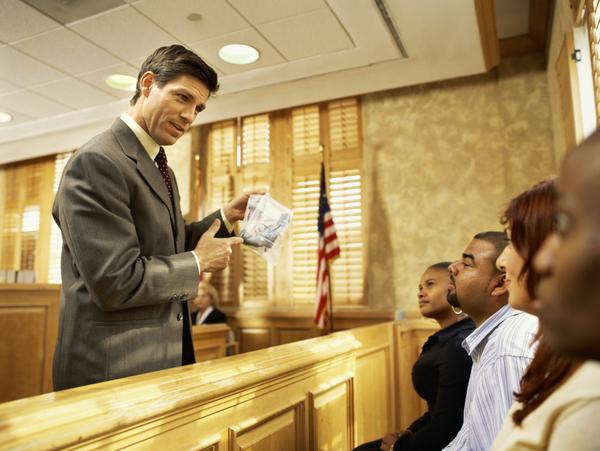Persuasive arguments require well-crafted trial presentations that make legal arguments compelling.
Just How Trial Presentations Enhance Your Debate and Persuade Jurors
Trial discussions serve as an essential system for boosting legal disagreements and encouraging jurors. The critical usage of visuals not just clarifies complicated details but additionally catches jurors' attention more efficiently than words alone.

Value of Aesthetic Help
Aesthetic aids play a critical role in boosting the effectiveness of trial presentations, as they can significantly enhance audience involvement and retention of info. In the context of a test, where jurors are tasked with handling facility info, visual help serve to streamline and make clear crucial points. Graphes, graphs, and photos can share information and ideas that may or else overwhelm or puzzle jurors, permitting for an extra simple understanding of the evidence offered.
Furthermore, aesthetic aids assist in keeping juror interest throughout the procedures. By breaking the uniformity of spoken statement, these tools can punctuate important disagreements, making them a lot more memorable. Effective aesthetic aids can also evoke emotional actions, which can be essential in encouraging jurors to align with the speaker's narrative.

Crafting Compelling Narratives
An engaging story is necessary in test presentations, as it acts as the backbone of efficient persuasion. It enables lawyers to weave with each other realities, proof, and emotional elements right into a systematic story that resonates with jurors. This narrative structure enables jurors to understand the intricacies of the instance while guiding them via the lawyer's argument.
To craft a compelling story, attorneys ought to focus on clarity and coherence. In addition, the use of brilliant summaries can produce psychological images that help jurors picture the events, making the narrative much more remarkable.
In addition, incorporating key themes throughout the presentation reinforces the core message and aids in retention - trial presentations. The narrative needs to not only communicate info but also stimulate a sense of justice, highlighting the risks entailed. Inevitably, a well-constructed narrative fosters a link between the jurors and the instance, placing the attorney's debate as both qualified and compelling, thereby raising the probability of a favorable judgment

Engaging the Court Psychologically
Effective court engagement pivots on the attorney's capacity to get in touch with jurors on a psychological degree. This link can considerably influence jurors' perceptions and their ultimate decision-making. Making use of sob stories enables lawyers to humanize the situation, transforming abstract lawful ideas into relatable experiences. By providing real-life stories or testimonials, attorneys can evoke empathy and concern, cultivating a deeper understanding of the problems at stake.
Aesthetic help, such as photographs or videos, can even check it out more improve emotional interaction, offering jurors with dazzling depictions of the instance's human components. Crafting a narrative that highlights the battles and accomplishments of the individuals entailed ensures that jurors see beyond the lawful arguments and recognize the human consequences of their decisions.
A lawyer's enthusiastic shipment can reverberate with jurors, strengthening their psychological financial investment in the situation. It's essential to balance emotional allures with valid proof, guaranteeing that jurors really feel urged to act while staying based in view publisher site the reality.
Structuring Your Discussion

The body of the presentation should be practically fractional into bottom lines, each supported by compelling evidence. It is valuable to use storytelling techniques to weave facts right into a story that jurors can conveniently comply with. Visual help, such as graphes and videos, can improve understanding and interaction, helping to highlight essential items of evidence.
Real-World Instance Studies
Taking a look at real-world study offers invaluable understandings right into the art of trial discussions and persuasion. The spots situation of "O.J. Simpson v. Individuals of The golden state" illustrates how visual help and engaging narratives can persuade jury understandings. The defense team properly employed an approach that combined prominent specialist testimonies with multimedia discussions, article which astounded jurors and eventually affected their decision.
An additional noteworthy instance is the "McDonald's Coffee Situation," where the plaintiff's attorneys used visuals photos of the injuries suffered by Stella Liebeck. trial presentations. This raw visual evidence played a crucial role in communicating the extent of her burns, resulting in a substantial jury honor. Such cases demonstrate that impactful test discussions frequently rest on the effective combination of visuals and storytelling to evoke emotional actions from jurors
In addition, the "Casey Anthony Trial" highlighted the relevance of narrative comprehensibility and reliability. The prosecution's failing to develop an engaging timeline reduced their convincing power, emphasizing the need of a well-structured discussion. Evaluating these situations discloses that successful trial discussions need tactical preparation, psychological engagement, and the capability to resonate with jurors' worths and ideas.
Verdict
Trial presentations significantly enhance debates and encourage jurors through the critical use of visual help, engaging stories, and emotional involvement. A well-structured presentation equilibriums psychological appeals with factual evidence, ultimately resonating with jurors' worths.